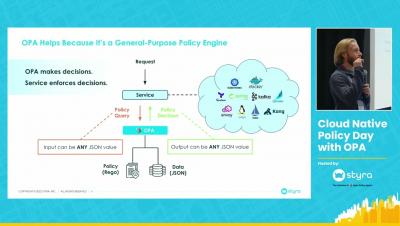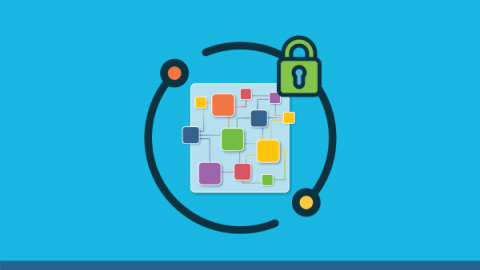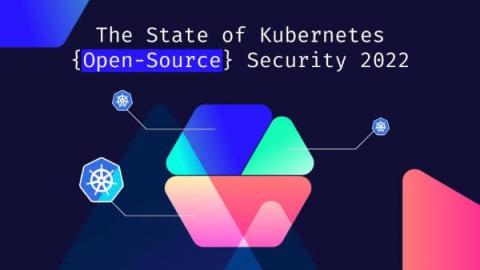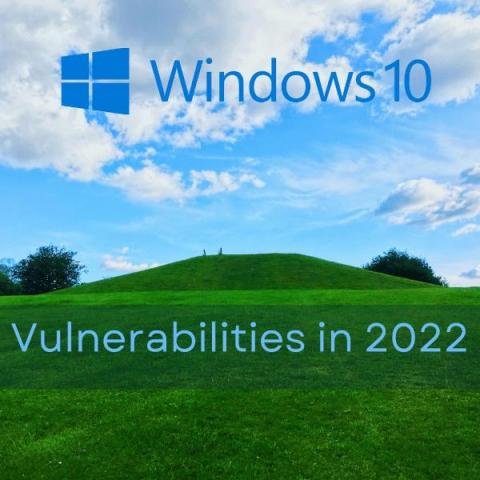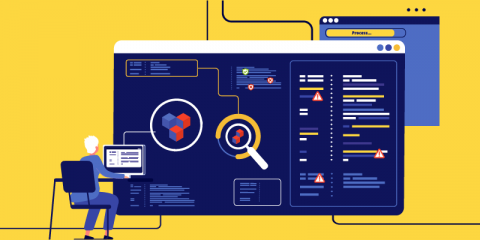Security | Threat Detection | Cyberattacks | DevSecOps | Compliance
DevOps
Modern Application Security Needs More Than Tech. Don't Neglect Governance
This is the fifth of a six-part blog series that highlights findings from a new Mend white paper, Five Principles of Modern Application Security Programs. Be sure to look out for our upcoming blogs on each of the five principles. While IT and security professionals all generally agree that cyberattacks are on the rise, there remains a great deal of disparity in how they choose to prepare for those attacks.
Microservices Security: Fundamentals and Best Practices
The many benefits of microservices architecture, such as improved scalability and agility, explain why organizations are migrating from the traditional monolithic architecture. However, these benefits come at the cost of increased complexity, especially regarding security. According to an O’Reilly survey, 56% of respondents considered increased complexity the greatest challenge in developing microservices.
The State of Kubernetes {Open-Source} Security
Can You Ride Velero for Your Kubernetes Backups?
Modern containerized applications are increasingly born in the cloud and the big three managed Kubernetes services – Azure Kubernetes Service (AKS), Amazon Elastic Kubernetes Service (EKS), and Google Kubernetes Engine (GKE) – rule the skies. With more users picking managed services in public cloud as their preferred platform, self-managing a backup infrastructure in the cloud is an antithesis.
Windows 10 most critical vulnerabilities in 2022
PyPi Malware Stealing Discord and Roblox Payment Info
Stranger Danger: Your JavaScript Attack Surface Just Got Bigger
Most Common Kubernetes Security Misconfigurations and How to Address Them
SAST - All About Static Application Security Testing
Static Application Security Testing (SAST) has been a central part of application security efforts for more than 15 years. Forrester’s State Of Application Security Report, 2022 found that lacking application security remains a leading cause of external security breaches, so it’s safe to say that SAST will be in use for the foreseeable future. Contents hide 1 What Is SAST? 2 Why do we need SAST? 3 What problems does SAST address? 4 How does SAST work?


